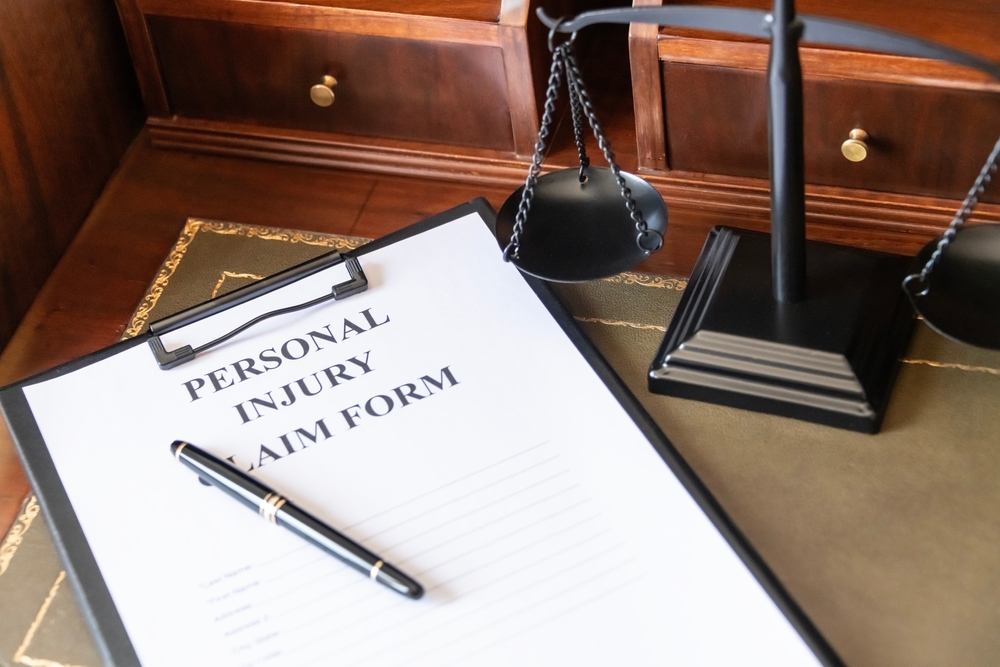After an accident, many people wonder: Do I have a case? You’re not alone. Whether you slipped on a wet floor or were rear-ended on the highway, knowing whether you have a valid personal injury claim can feel overwhelming. The good news is that understanding the basics can help you move forward—and a free consultation with a personal injury attorney can give you clarity and direction.
Understanding the Basics of a Personal Injury Claim
A personal injury claim is a legal process used to recover compensation when someone else’s negligence caused you harm. These claims cover a wide range of situations—car accidents, slips and falls, medical malpractice, construction site injuries, and more.
But just being injured isn’t enough. To have a legally valid claim, certain criteria must be met.
The 4 Key Elements of a Valid Personal Injury Claim
To successfully pursue compensation, your claim must include all four of the following elements:
- Duty of Care
The person or entity you’re filing a claim against must have owed you a duty of care. This means they had a legal obligation to act with reasonable caution. For example:
- Drivers must obey traffic laws and operate their vehicles safely.
- Property owners must keep their premises reasonably safe for visitors.
- Doctors must follow established medical standards when treating patients.
- Breach of Duty
A breach occurs when someone fails to meet their duty of care. Examples include:
- A driver texting while driving and causing a crash
- A store failing to clean up a spill, leading to a slip and fall
- A landlord ignoring a dangerous stairwell despite previous complaints
- Causation
You must be able to show that the breach of duty directly caused your injury. If your injuries stemmed from another incident or a preexisting condition not related to the accident, the claim may not hold up.
For example, if a driver ran a red light and hit your car, causing a broken arm, that direct connection establishes causation.
- Damages
You need to demonstrate actual losses due to the accident. These can include:
- Medical bills
- Lost wages or reduced earning capacity
- Pain and suffering
- Emotional distress
No damages? No claim. Even if negligence occurred, you must have suffered harm that can be quantified or documented.
Valid vs. Invalid Claim Example
✅ Valid: A cyclist is hit by a speeding car, resulting in a broken leg and thousands in medical bills.
❌ Invalid: A pedestrian is almost hit by a car but isn’t injured and doesn’t seek medical treatment.
The difference? The presence of provable damages in the valid case.
When in Doubt, Ask an Attorney
Some personal injury claims are straightforward; others are more complex. In either case, speaking with a personal injury lawyer in New York can help determine if your situation meets all legal criteria.
Most reputable firms offer free consultations, and they work on a contingency fee basis—so you pay nothing unless your case is successful.
You Don’t Have to Figure This Out Alone
Understanding the basics of a personal injury claim is the first step—but you don’t have to do this on your own. If you’re unsure about your situation, don’t guess—get answers from an experienced attorney who understands New York law.
Contact the Personal Injury Law Firm of Figeroux & Associates
Schedule a free consultation today!
Call 855-768-8845
Visit www.askthelawyer.us]
Click Here to Schedule a Consultation with Figeroux & Associates Today!



